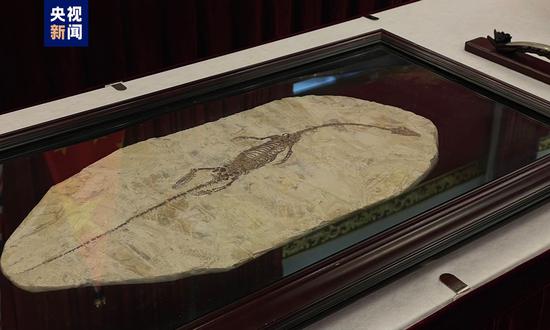
Plesiosaur fossil (Photo/CCTV)
The Australian National Art Gallery returned three precious cultural artifacts to China on Wednesday ahead of the planned visit of Australian Prime Minister Anthony Albanese to China. It also marked the first time an Australian gallery has returned cultural artifacts to China in over 50 years since the two countries established diplomatic relations in 1972.
The Chinese Ambassador to Australia, Xiao Qian, and the Australian Minister of Arts, Tony Burke, signed the transfer documents on site.
The artifacts returned include a Plesiosaur fossil, a gilded bronze statue of Guanyin, and a colored ceramic figurine of a person riding a horse.
Preliminary identification indicates that the Plesiosaur fossil dates back to the late Jurassic to the early Cretaceous period, while the Guanyin bronze statue and the horse-riding figurine can be traced back to the Tang Dynasty (618-907) or even the Northern Dynasties (386-581), possessing significant historical and cultural value.
In addition, the Australian National Art Gallery also donated a bovine-shaped vessel, known as "Xi Zun," to the Chinese government. Chinese cultural relic experts, after examining basic information and pictures of the artifacts, identified this "Xi Zun" as a wine vessel, which is a reproduction art piece from the Ming and Qing dynasties, or modern era.
In response to the artifacts and artworks donated and returned by the Australian National Art Gallery, public collection institutions will be arranged to display them to the Chinese audience, reflecting the friendly ties between China and Australia.
Albanese will visit China from November 4 to 7, the Australian government announced on Sunday, and the trip will make him the first Australian prime minister to visit China in seven years.








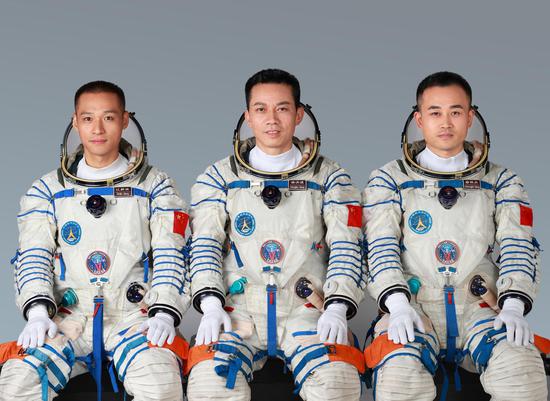
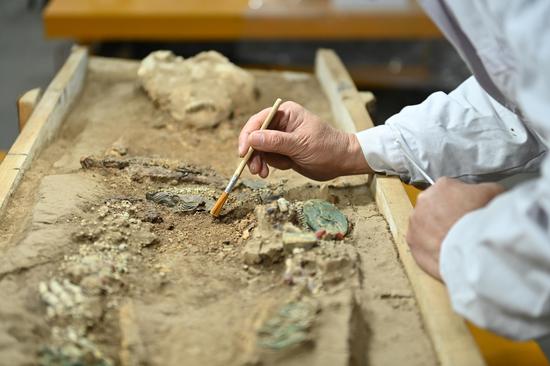
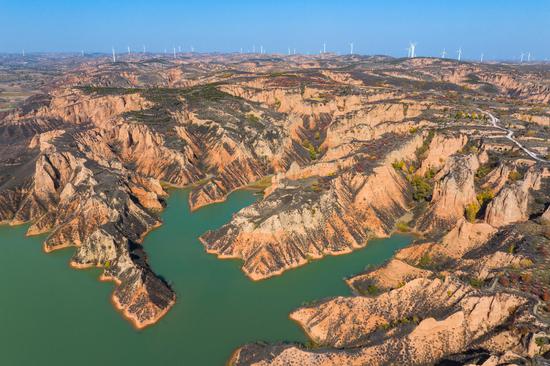

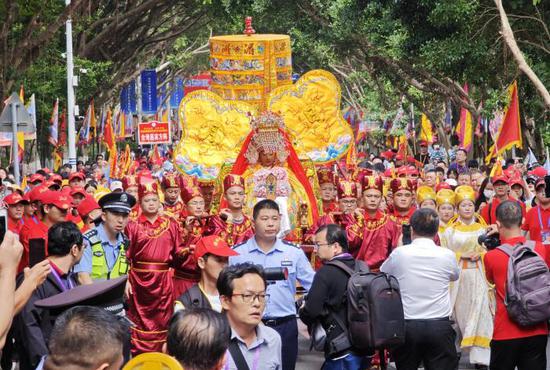
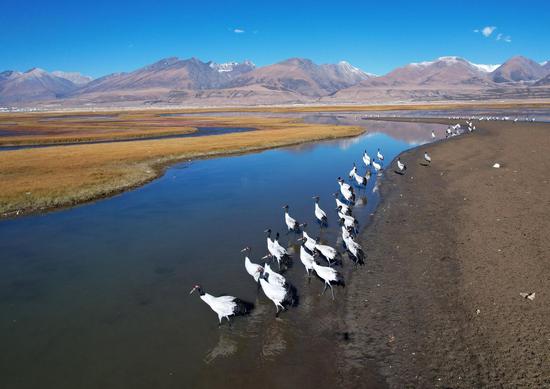


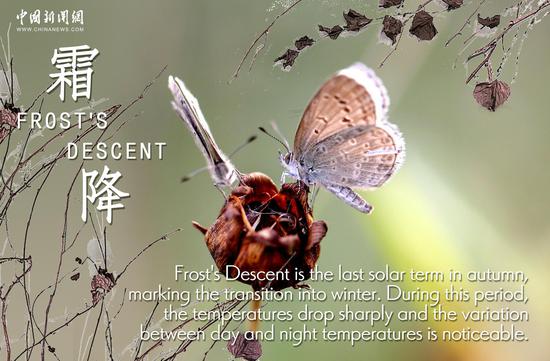
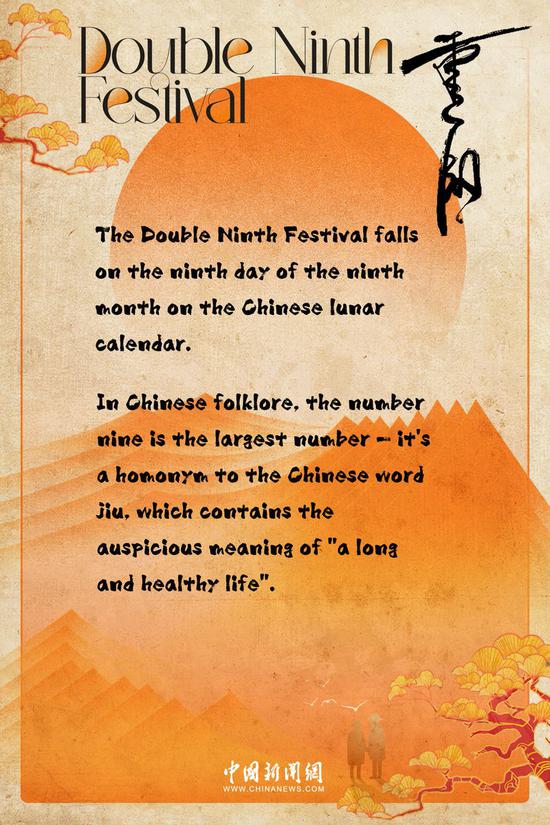



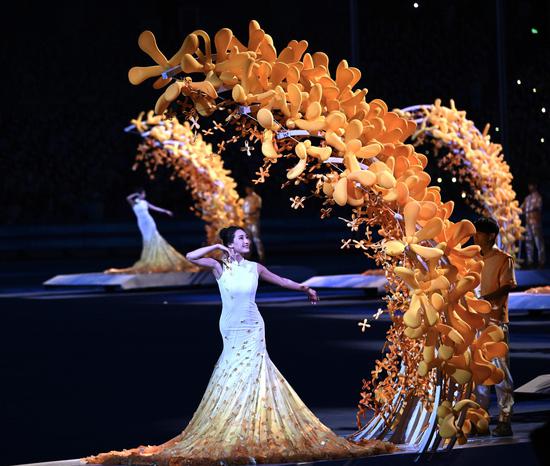
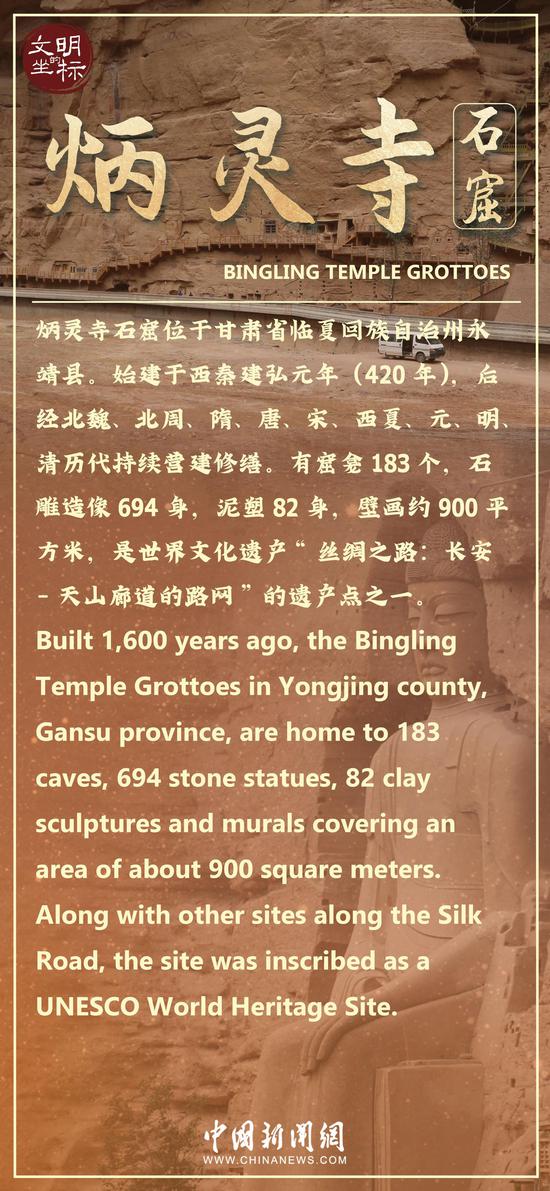


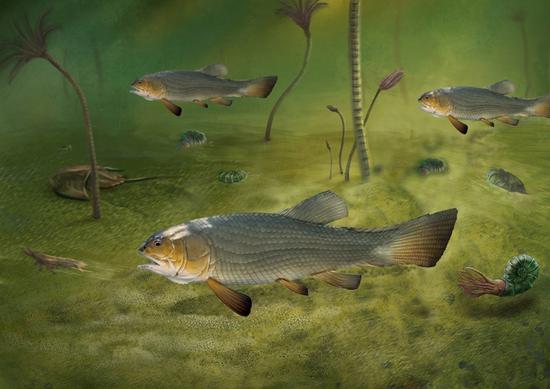


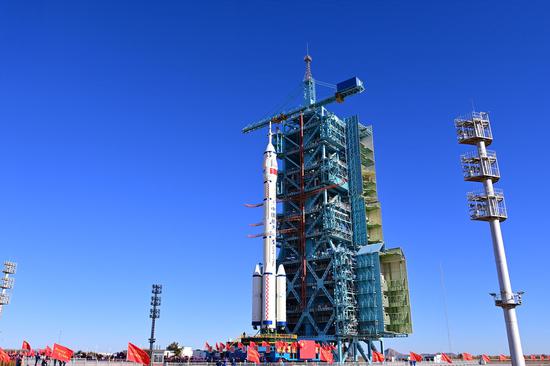

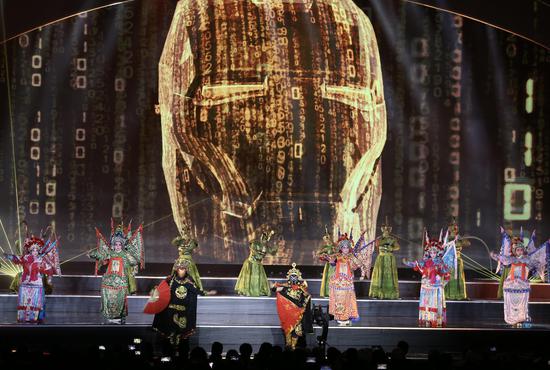
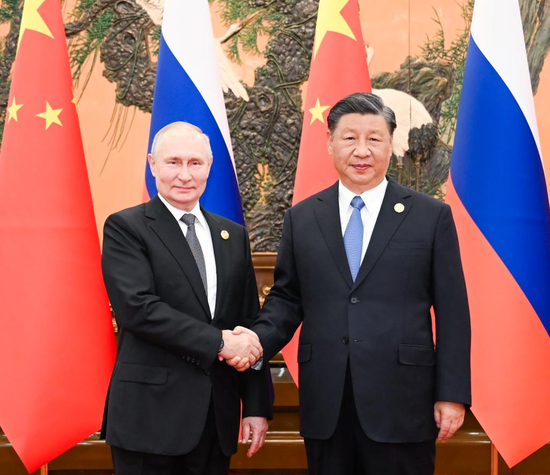
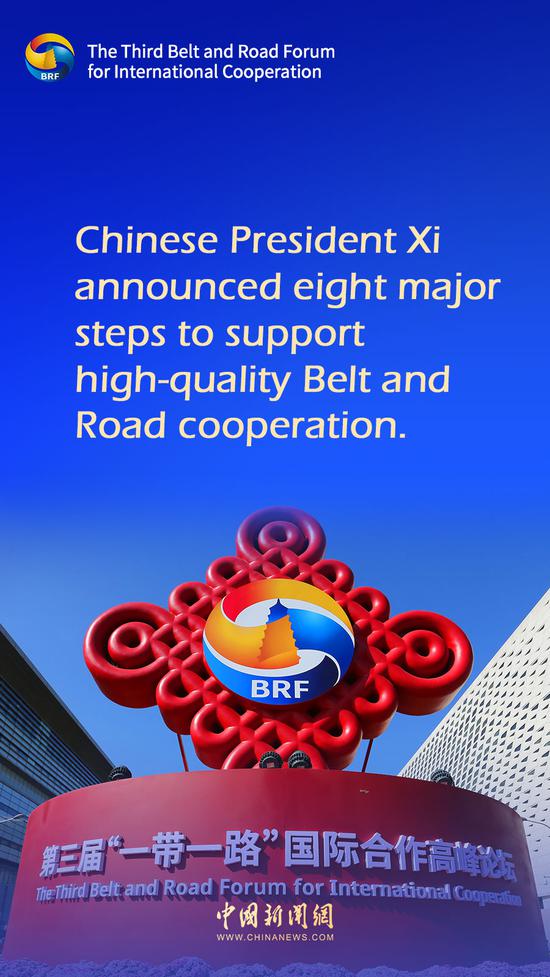
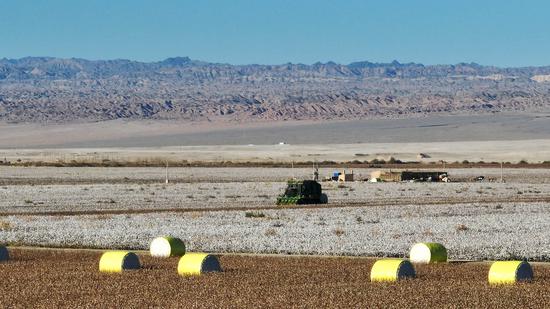
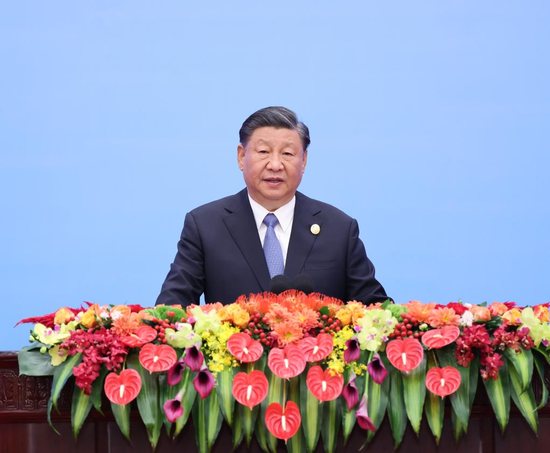
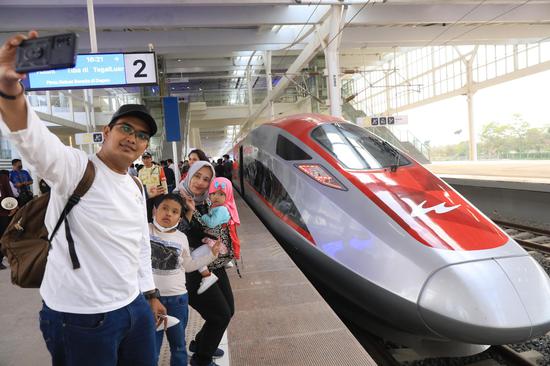


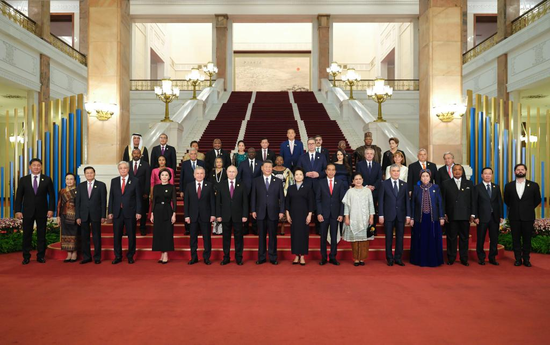

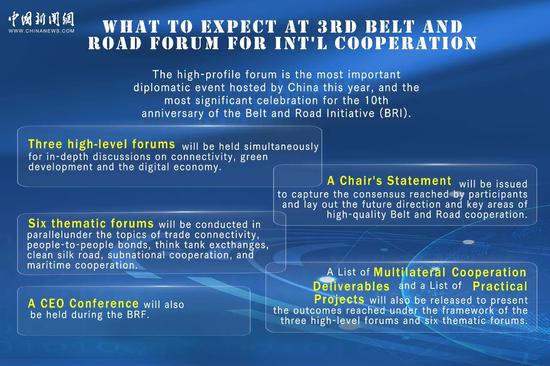
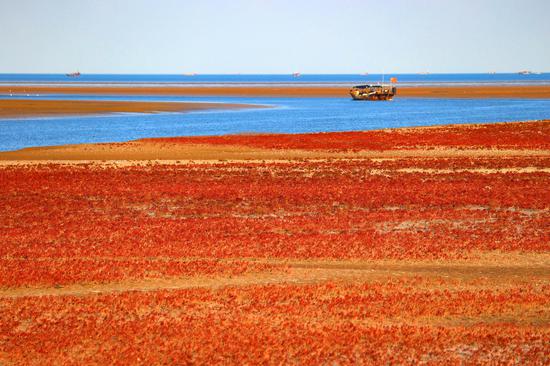
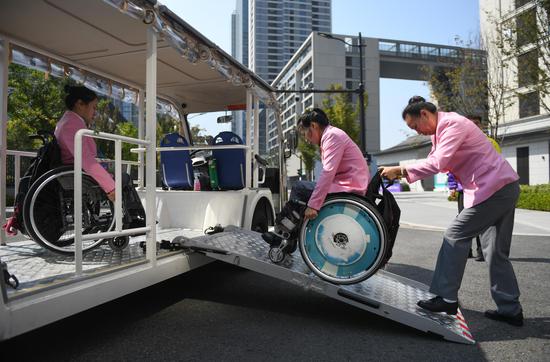





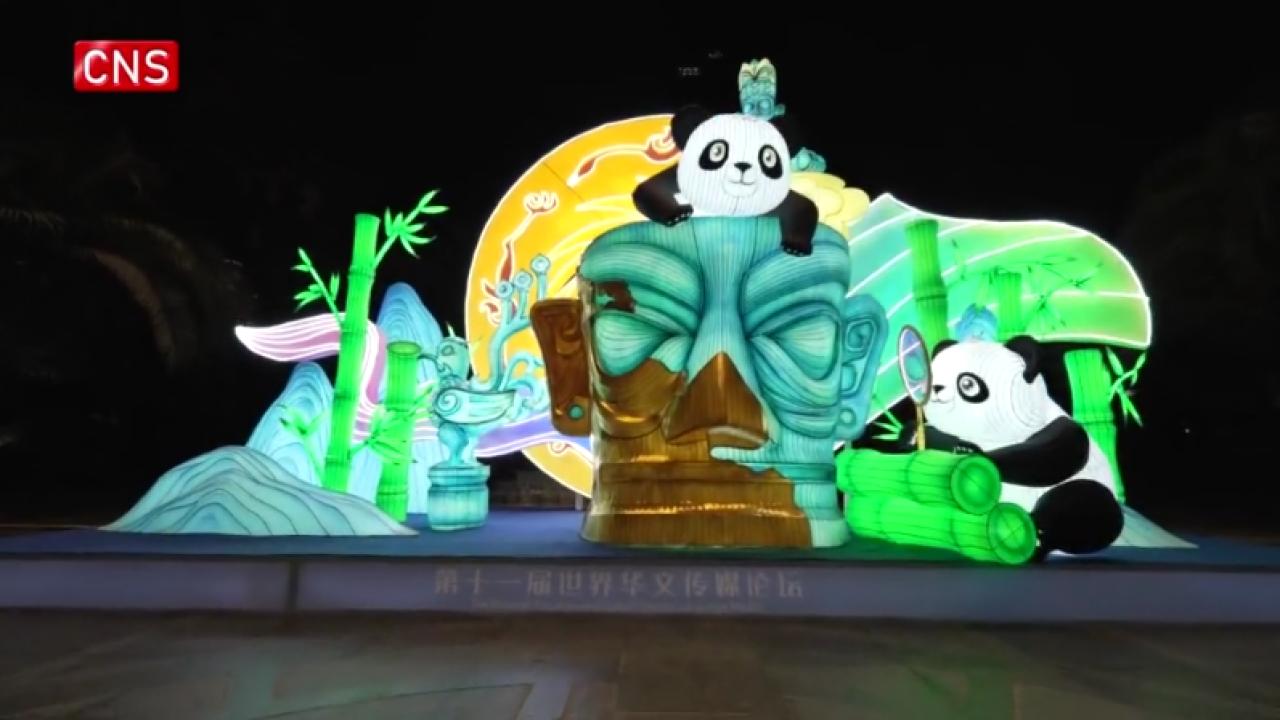

 京公网安备 11010202009201号
京公网安备 11010202009201号